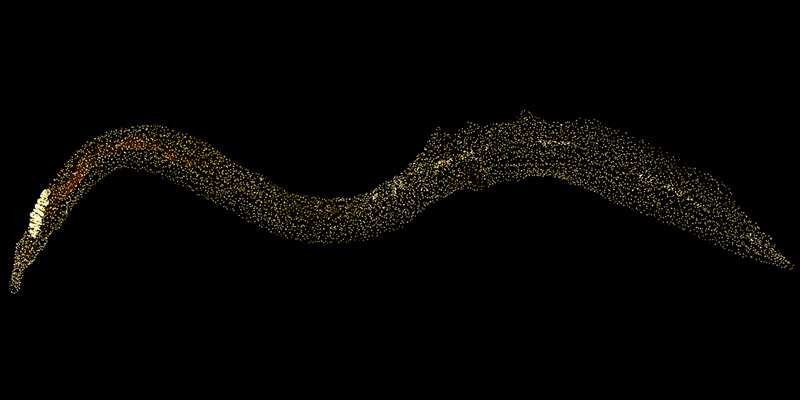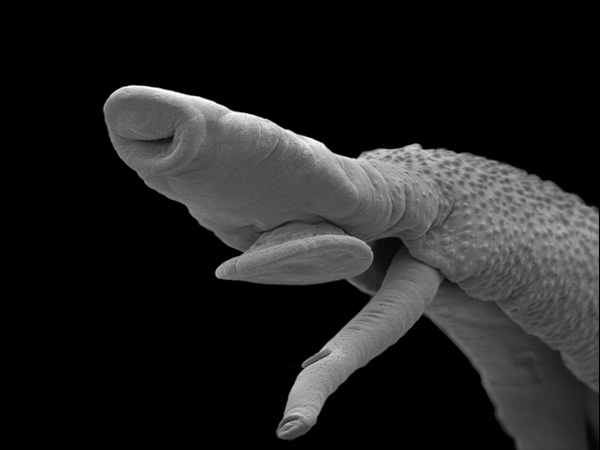How Gruesome Parasite Lives in You for Decades

Blood flukes, or schistosomes, are parasitic flatworms that can live inside people for decades, and they make a rather gruesome journey to get there — after hatching in water contaminated by feces, the parasites hitch a ride into the human body on a tiny snail host that burrows through skin.
Now researchers may have found the secret to the blood fluke's long life cycle: They discovered stem cells lurking in a fluke, allowing it to keep regenerating its body parts.
"We started with the big question: How does a simple parasite survive in a host for decades?" explained Phillip Newmark, a University of Illinois cell and developmental biology professor. "That implies that it has ways of repairing and maintaining its tissues. This study gives us insight into the really interesting biology of these parasites, and it may also open up new doors for making that life cycle a lot shorter."
Perhaps even more unsavory is the blood flukes' lifestyle once they make their home. They grow into adulthood, feed on blood and find a monogamous partner to mate with. The females then lays eggs continuously, on the order of hundreds per day, researchers say. [The 10 Most Diabolical and Disgusting Parasites]
Eggs that aren't expelled in the host's feces become embedded inside internal organs, which can lead to chronic inflammation and serious tissue damage. This parasitic disease, known as schistosomiasis, affects some 230 million people each year, according to the World Health Organization, making it second only to malaria in the number of people impacted. Though usually not deadly, the chronic effects of schistosomiasis can be especially damaging in children and lead to developmental delays.

Newmark and his colleagues said they suspected blood flukes might have regenerative properties similar to those of planarians, tiny freshwater flatworms — about the size of toenail clippings — that can re-form from slivers 1/300th of their original size. This amazing feat is made possible by planarians' use of stem cells, called neoblasts, which can become almost any cell type in the body.
"It just stood to reason that since schistosomes, like planaria, live so long that they must have a comparable type of system," postdoctoral researcher Jim Collins said. "And since these flatworms are related, it made sense that they would have similar types of cells. But it had never been shown."
Sign up for the Live Science daily newsletter now
Get the world’s most fascinating discoveries delivered straight to your inbox.
Collins and Newmark found that one species of the blood fluke, Schistosoma mansoni, is packed with proliferating cells that can move to different parts of its body that need repairing. Their study, which was detailed last week in the journal Nature, is based on observations of cells with fluorescent markers.
"We label the cells when they're born and then we see what they grow up to become," Collins said. "This is not conclusive evidence that these cells are equivalent to the planarian neoblasts, but it is consistent with the hypothesis that they are."
Follow LiveScience on Twitter @livescience. We're also on Facebook & Google+.

Measles has long-term health consequences for kids. Vaccines can prevent all of them.
100% fatal brain disease strikes 3 people in Oregon









